Effective Light and Shadow Management in Architectural Scene Rendering
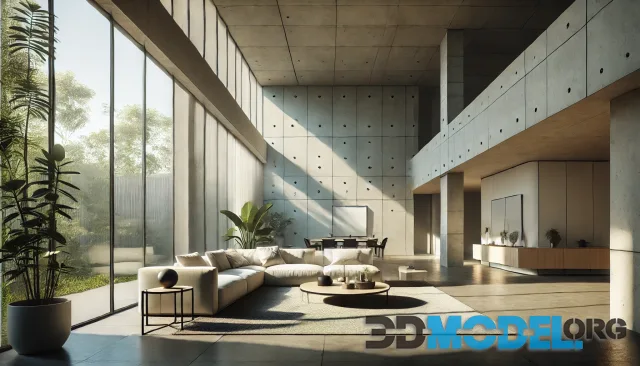
Rendering architectural scenes requires a high level of detail and realism to convey the precise atmosphere and impression of the designed space. One of the key aspects that influence the realism of the scene is proper management of light and shadow. In this article, we will explore methods and tools for effectively managing light and shadow in architectural scene rendering.
Before you read this article, we recommend you to visit our sections with exterior (go category) and interior (follow link) 3D scenes, which you can download absolutely free of charge. These 3D spaces will serve you as a good base for learning the basics of lighting architectural scenes and creating highly realistic renderings.
Fundamentals of Lighting in Architectural Visualization
Before delving into the technical aspects, it is essential to understand the basics of lighting. In architectural visualization, three main types of light sources are typically used:
- Direct Light: This is the light from sources such as the sun or lamps that directly illuminate objects. Direct light creates sharp shadows and strong contrasts.
- Diffuse Light: This is light that has been scattered or reflected off other surfaces. It creates soft shadows and even lighting across the scene.
- Ambient Light: This is the overall light that is present throughout the scene without a specific source. It adds a base level of illumination and helps avoid completely black shadows.
Tools and Software for Managing Light and Shadow
To effectively manage light and shadow in architectural scenes, various tools and software are used. Some of the most popular include:
- V-Ray: One of the most popular rendering engines used in architectural visualization. It offers a wide range of tools for working with light and shadow, including physically accurate lighting and global illumination.
- Corona Renderer: A user-friendly rendering engine that also delivers high-quality rendering and realistic lighting.
- Lumion: A software specializing in real-time rendering of architectural scenes. Lumion allows for quick adjustments of lighting and immediate visualization of results.
Settings and Methods for Effective Light Management
Direct Light
Direct light is often used to simulate sunlight. In V-Ray and Corona Renderer, there are specific light sources such as V-Ray Sun and Corona Sun that allow for highly realistic sunlight simulation.
- Intensity Settings: The intensity of the light can be adjusted depending on the time of day and weather conditions. For example, the intensity of light will be higher for a sunny day than for a cloudy one.
- Color Temperature: The color temperature of the light source allows for the creation of warmer or cooler light, which is crucial for setting the desired mood in the scene.
- Shadows: Direct light creates sharp and contrasty shadows. The softness of shadows can be adjusted to determine how blurred the shadows will be, adding realism to the scene.
Diffuse Light
Diffuse light is essential for creating soft and even lighting. One way to add diffuse light to a scene is by using light sources such as V-Ray Light or Corona Light set to large surfaces.
- Area Lights: Using large area lights helps create even diffuse lighting, which is particularly important for interior spaces.
- Global Illumination: Global illumination (GI) is a method that considers multiple reflections of light from surfaces. V-Ray and Corona Renderer have specific settings for GI, such as Brute Force and Light Cache, to achieve a high level of realism.
Ambient Light
Ambient light helps fill shadows and adds a base level of illumination. Most rendering engines, like V-Ray and Corona Renderer, have parameters for setting ambient light.
- Ambient Occlusion: This technique adds shadows in areas where surfaces are close to each other, adding depth and realism to the scene.
- HDRI: Using HDRI maps for the environment adds realistic lighting and reflections. HDRI maps are high dynamic range images that can simulate the surrounding environment and light conditions.
Creating Realistic Shadows
Shadows play a crucial role in creating realistic architectural visualizations. Several aspects must be considered when setting up shadows:
- Shadow Softness: Soft shadows are created by large and diffuse light sources. This is especially important for interior scenes where light bounces off many surfaces.
- Shadow Depth: Shadow depth depends on the intensity and angle of the light. Using global illumination helps achieve more realistic shadow depth.
- Shadow Quality: It is important to adjust rendering parameters to achieve high-quality shadows without noise and artifacts. V-Ray and Corona Renderer have settings for increasing shadow quality, such as Subdivs and Samples.
Advanced Techniques and Practical Tips
Exterior Lighting
For rendering exterior architectural scenes, it is important to consider the time of day and weather conditions. For example, morning and evening lighting creates warmer light and longer shadows, adding drama and realism to the scene.
- Using HDRI: HDRI environment maps help add realistic skies and lighting. Choose an HDRI that matches the time of day and weather conditions.
- Sunlight Settings: Use V-Ray Sun or Corona Sun to simulate sunlight. Adjust the intensity and color temperature to achieve the desired effect.
Interior Lighting
Interior lighting requires particular attention to detail. It is essential to use a combination of direct and diffuse light to create a realistic atmosphere.
- Setting Up Light Sources: Use area lights to create soft diffuse lighting. For example, V-Ray Light or Corona Light set to large surfaces.
- Global Illumination: Enable global illumination to account for multiple reflections of light. Brute Force and Light Cache settings in V-Ray and Corona Renderer help achieve a high level of realism.
- Ambient Light: Add ambient light with Ambient Occlusion and HDRI maps to create a base level of illumination and fill shadows.
Advanced Shadow Techniques
Shadows can significantly enhance the realism of your architectural scenes. Here are some advanced techniques to consider:
- Contact Shadows: These are shadows that occur where two surfaces meet. They add a lot of realism as they ground objects and make them appear as part of the scene rather than floating.
- Soft Shadow Edges: For exterior scenes, especially during mid-day, shadows tend to have soft edges due to the diffused nature of sunlight through the atmosphere. Adjust the shadow softness in your rendering engine to reflect this.
- Dynamic Shadows: For animations, ensure your shadows are dynamic and change according to the movement of the light source. This adds a layer of realism, especially in time-lapse scenarios.
Practical Examples and Case Studies
Daylight Interiors
Daylight interiors can be challenging due to the need to balance natural light with artificial lighting. Here are some tips:
- Use large windows and light portals in your rendering engine to allow natural light to flood the space.
- Complement natural light with soft area lights to fill in shadows and avoid overly dark areas.
- Utilize light probes to enhance the global illumination and make the lighting more uniform.
Nighttime Exteriors
Rendering nighttime exteriors involves a different set of challenges, primarily around artificial lighting. Here are some techniques:
- Streetlights and spotlights should be used to create points of interest and guide the viewer's eye through the scene.
- Use emissive materials for windows and other light sources to simulate light bleeding through from the interior.
- Adjust the color temperature of lights to reflect a realistic nighttime setting, usually cooler temperatures.
Technical Settings for Optimal Performance
To achieve high-quality rendering while maintaining performance, consider the following settings:
- Subdivision and Sampling: Higher subdivisions and samples lead to better quality shadows but also increase rendering time. Find a balance that suits your project's needs.
- Denoising: Many rendering engines now offer denoising options to reduce noise in the final image, allowing for lower sample rates and faster renders without compromising quality.
- Adaptive Sampling: This technique helps focus computing power on the more complex parts of the scene, improving overall render efficiency.
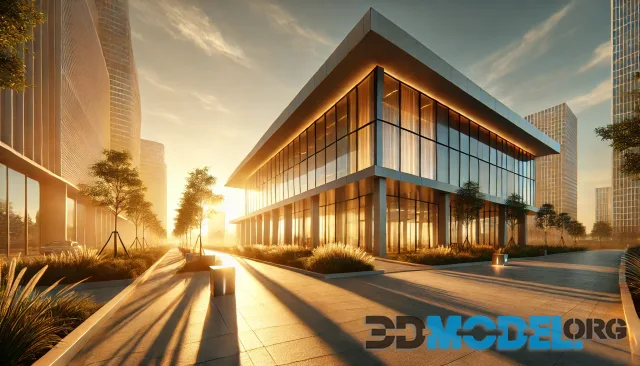
By the way, in our extensive 3d model catalog, you can download thousands of Hi-Poly ready-made 3d models for your architectural projects for free! We recommend visiting the categories with interior decor (check link), architectural 3d objects, lighting fixtures, kitchen accessories and bathroom accessories. All models are usually in 3ds Max format and have customized realistic materials for Vray or Corona Render. So do not forget to look at the extensive section with 3d-models of furniture - there is an excellent catalog of different furniture from the world's factories in a variety of styles: modern, classic, ethno, eco, art deco and others.
In Conclusion
Effective light and shadow management is a critical aspect of creating realistic architectural scenes. Using the right tools and methods, such as V-Ray, Corona Renderer, and HDRI maps, you can achieve a high level of detail and realism. It is crucial to consider all aspects of lighting, from direct and diffuse light to global illumination and ambient light, to create a balanced and realistic scene. By following these recommendations, you can enhance the quality of your architectural renders and convey the atmosphere and mood of the designed spaces.
Ctrl
Enter
Noticed a misTake
Highlight text and press Ctrl+EnterRelated news:
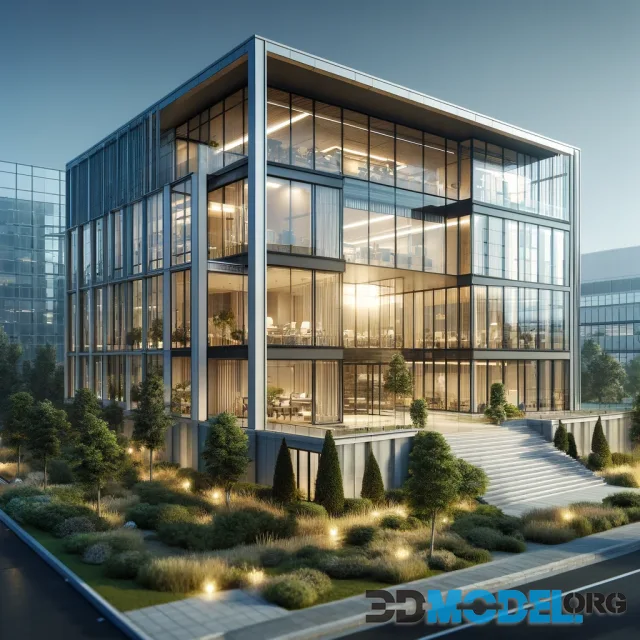
Masterclass on Architectural Visualization in Cinema 4D
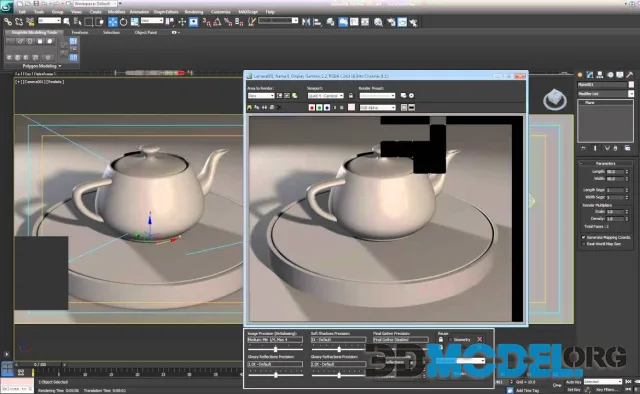
Fundamentals of 3D Lighting: Achieving Realistic Effects

How to Create Realistic Architectural Renderings in 3ds Max
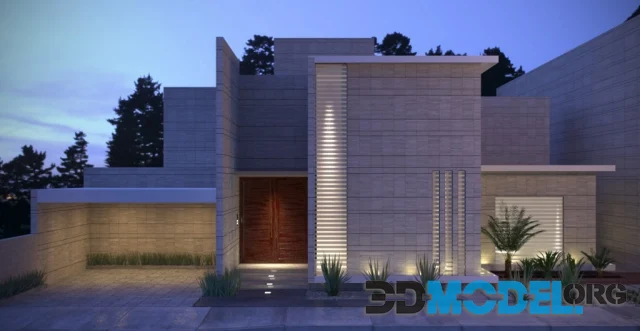
Vray vs Corona for Architectural Rendering
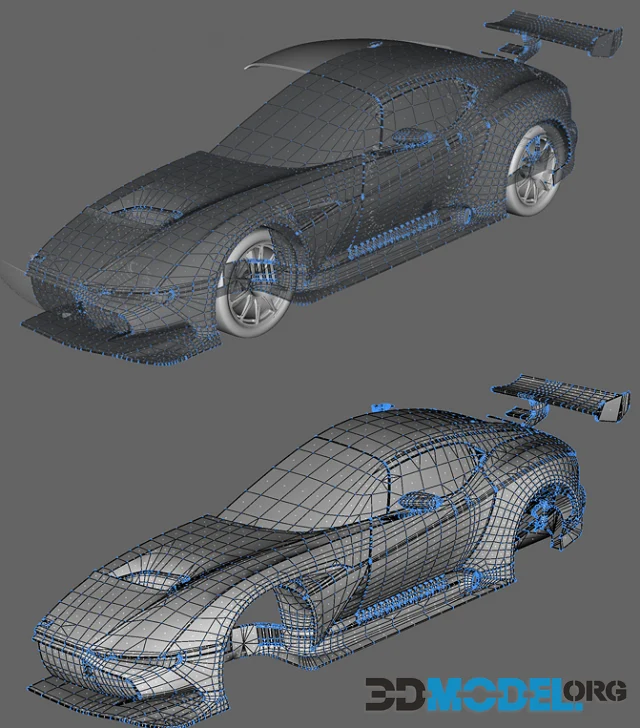
How to Create 3D Models of Cars
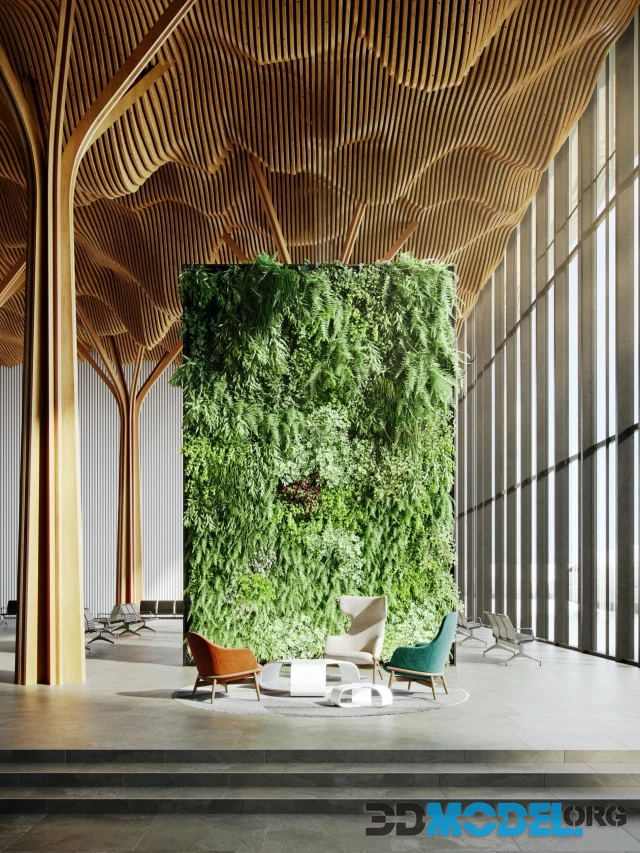
Choosing the Best Render for Architectural Visualization
Comments (0)
